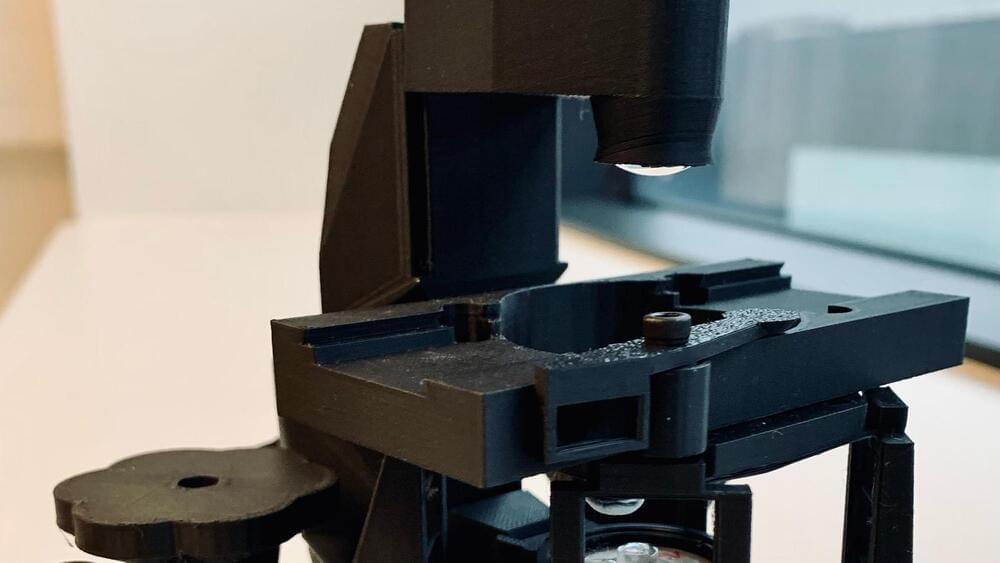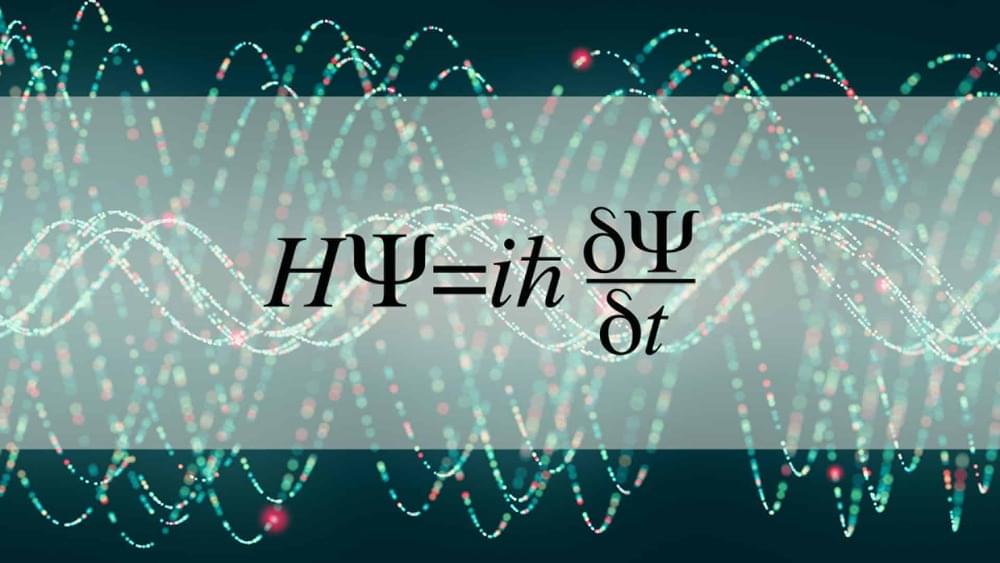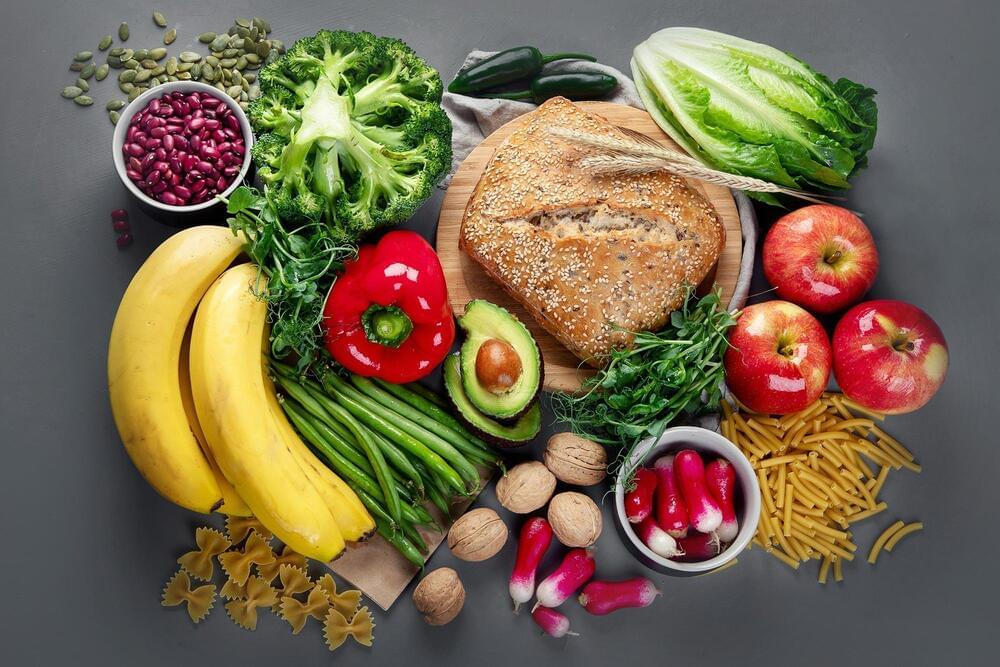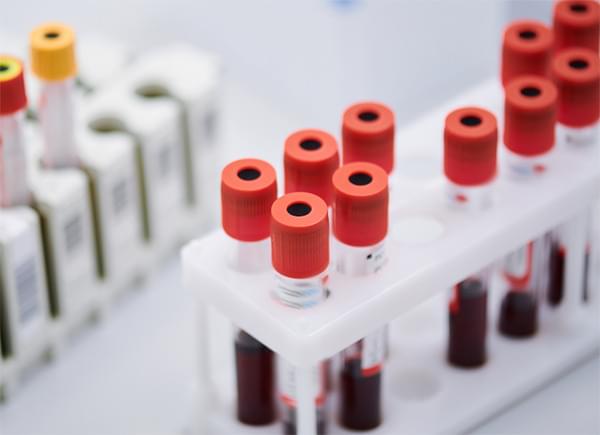This ancient beverage does more than hydrate—it’s packed with antioxidants and compounds that boost your health, focus, and longevity.




MIT researchers have achieved a world-record single-qubit fidelity of 99.998% using fluxonium, a superconducting qubit.

Lucy, an early human ancestor, could run upright but much slower than modern humans. New simulations show that muscle and tendon evolution, not just skeletal changes, were key to improving human running speed.
The University of Liverpool has led an international team of scientists in a new investigation into the running abilities of Australopithecus afarensis, the early human ancestor best known through the famous fossil “Lucy.”
Professor Karl Bates, an expert in Musculoskeletal Biology, brought together specialists from institutions in the UK and the Netherlands. Using advanced computer simulations and a digital reconstruction of Lucy’s skeleton, the team explored how this ancient species.


Fiber is a crucial component of a healthy diet, yet fewer than 10% of Americans consume the recommended daily amount. However, new research from Stanford Medicine may provide a compelling reason to increase intake of fiber-rich foods like beans, nuts, cruciferous vegetables, and avocados.
The study, recently published in Nature Metabolism
Nature Metabolism is a peer-reviewed journal published by the Nature Portfolio, focusing on high-impact research in metabolic biology. The journal covers a broad range of topics including cellular metabolism, systemic metabolism, disease, physiology, and metabolic interactions. It aims to provide insights into how metabolism influences health, disease, and aging, and serves as a platform for fundamental and translational research in metabolic science.

The night sky has always played a crucial role in navigation, from early ocean crossings to modern GPS. Besides stars, the United States Navy uses quasars as beacons. Quasars are distant galaxies with supermassive black holes, surrounded by brilliantly hot disks of swirling gas that can blast off jets of material.
Following up on the groundbreaking 2020 discovery of newborn jets in a number of quasars, aspiring naval officer Olivia Achenbach of the United States Naval Academy has used NASA’s Hubble Space Telescope to reveal surprising properties of one of them, quasar J0742+2704.
“The biggest surprise was seeing the distinct spiral shape in the Hubble Space Telescope images. At first I was worried I had made an error,” said Achenbach, who made the discovery during the course of a four-week internship.

More than half of cancer deaths involve cancers that have no recommended screening tests, including highly deadly cancers like ovarian and pancreatic cancer.1 Multi-cancer detection (MCD) tests are a new type of blood test designed to detect multiple cancers. Despite limited evidence on their benefit, some MCD tests are currently available to the public as cancer screening tools and many more are in development.
Research is underway to try to address the many unanswered questions about cancer screening with MCD tests. To learn more about the uncertainties related to public and clinician perceptions of MCD tests, program officials at the National Cancer Institute (NCI), led by Goli Samimi, Ph.D., M.P.H., Program Director in the Breast and Gynecologic Cancer Research Group in the Division of Cancer Prevention (DCP), decided to ask them directly. NCI facilitated focus groups with practicing primary care physicians (PCPs) and laypersons to learn about their awareness and knowledge of MCD tests and their thoughts on the benefits, harms, uncertainties, and acceptability of using this emerging technology.
“More rigorous data on MCD tests is needed to inform the development of national guidelines for use as cancer screening tools,” said Lori Minasian, M.D., FACP, Deputy Director, DCP, NCI. “We need to know more about people in the community who will be consumers of MCD tests and the professionals responsible for administering tests, interpreting results, and determining next steps.”
[](https://youtu.be/SWXgWLv4ndw)Subscribe!
0:00 Bryan Johnson is Anime Villain Orochimaru.
1:54 The Impact of Mormonism.
2:54 The Mission Trip that Changed Everything.
3:45 Training Arc — To Make Millions.
4:08 Falling Apart.
6:34 Slowly Picking Himself Back Up — $300 Million.
7:33 Finding Freedom in Warehouse Party in Brooklyn.
8:51 Finding His New Goal.
9:25 The Blueprint Protocol.
11:36 The True Goal — Super Intelligence.
12:57 Aligning Humanity with ASI
13:38 Building a new religion and becoming God.
15:23 Letting AI Control Our Decisions.
17:00 The First IRL Anime Villain.
18:30 Overall Thoughts.
Credits:
“Aurea Carmina” Kevin MacLeod (incompetech.com)
Licensed under Creative Commons: By Attribution 4.0 License.
http://creativecommons.org/licenses/by/4.0/
“Achilles” Kevin MacLeod (incompetech.com)
Licensed under Creative Commons: By Attribution 4.0 License.
http://creativecommons.org/licenses/by/4.0/
“Dangerous” Kevin MacLeod (incompetech.com)
Licensed under Creative Commons: By Attribution 4.0 License.
http://creativecommons.org/licenses/by/4.0/
“Beauty Flow” Kevin MacLeod (incompetech.com)